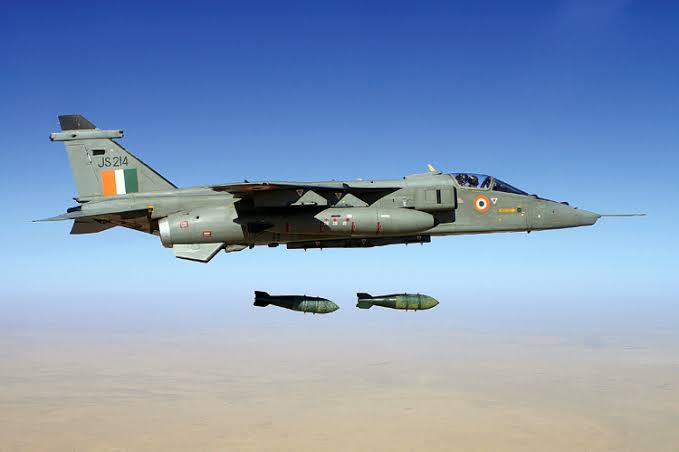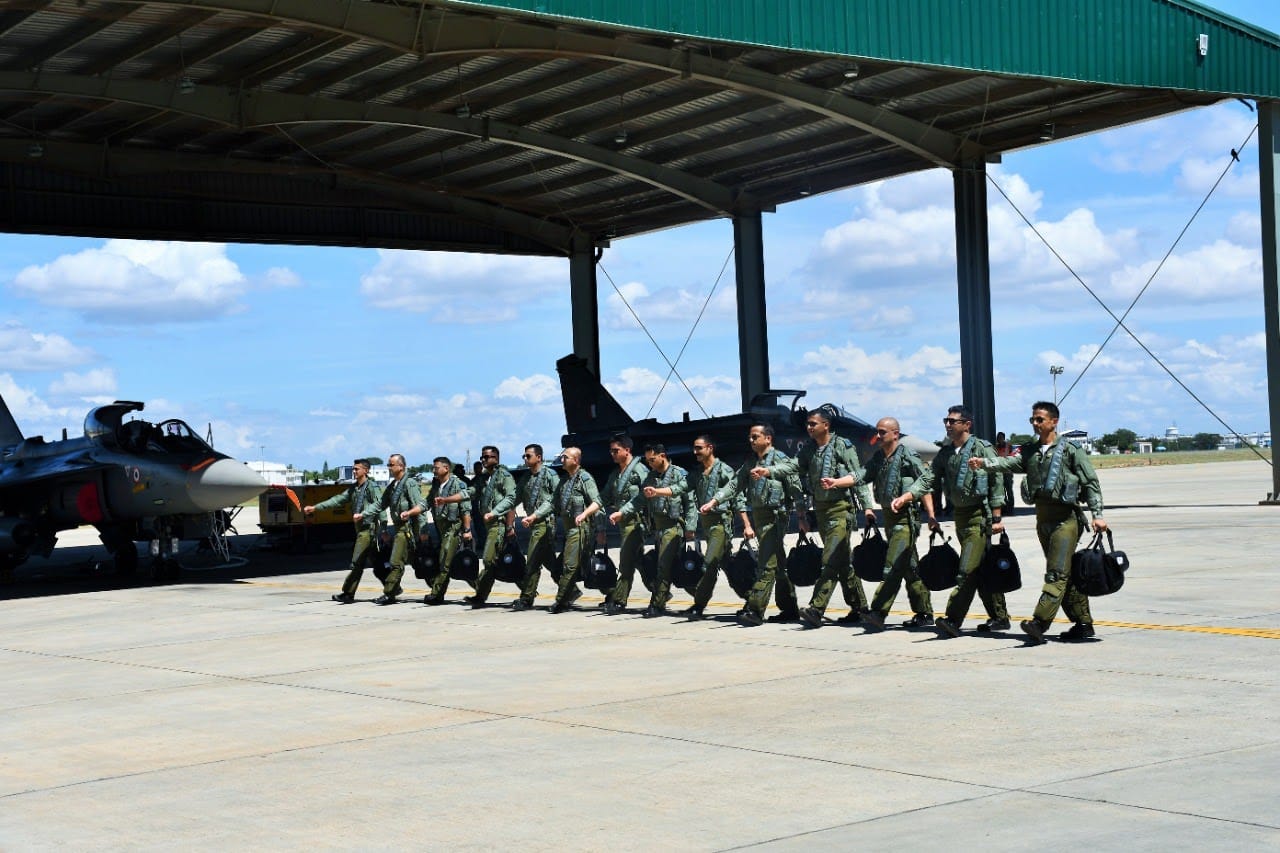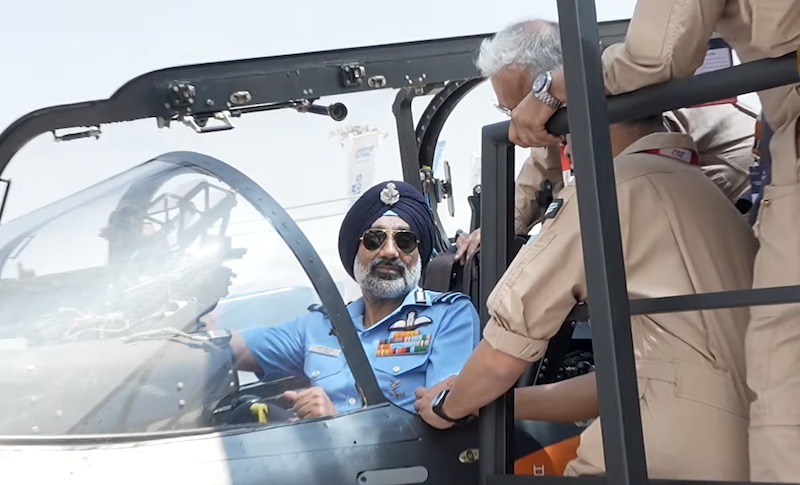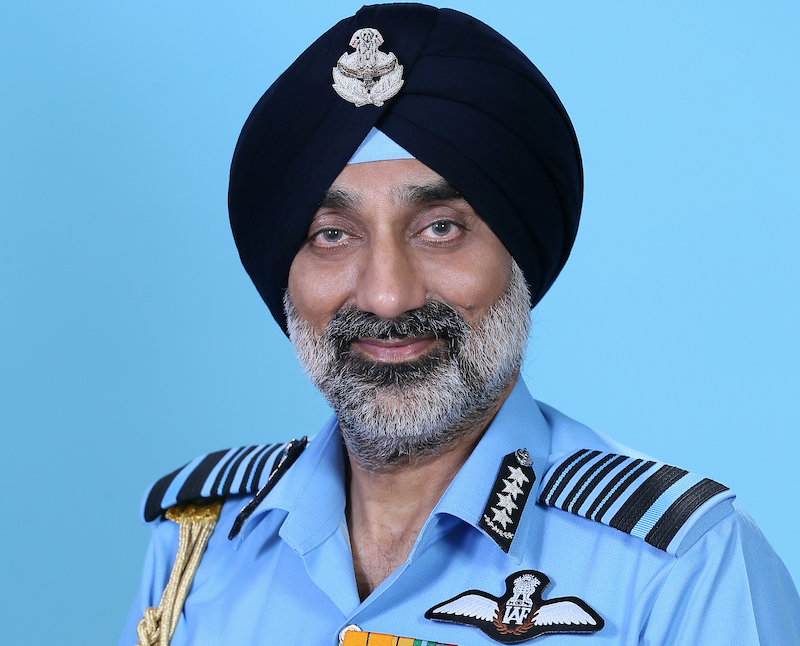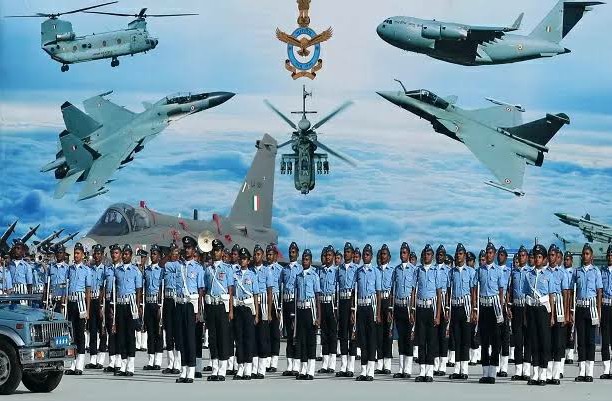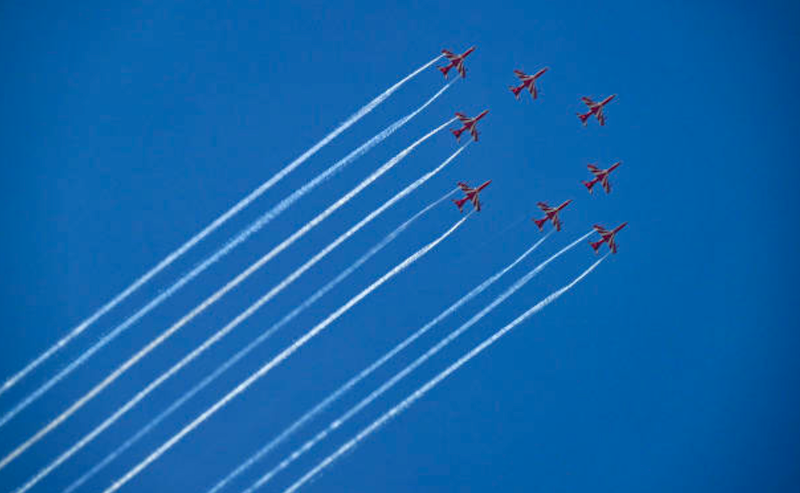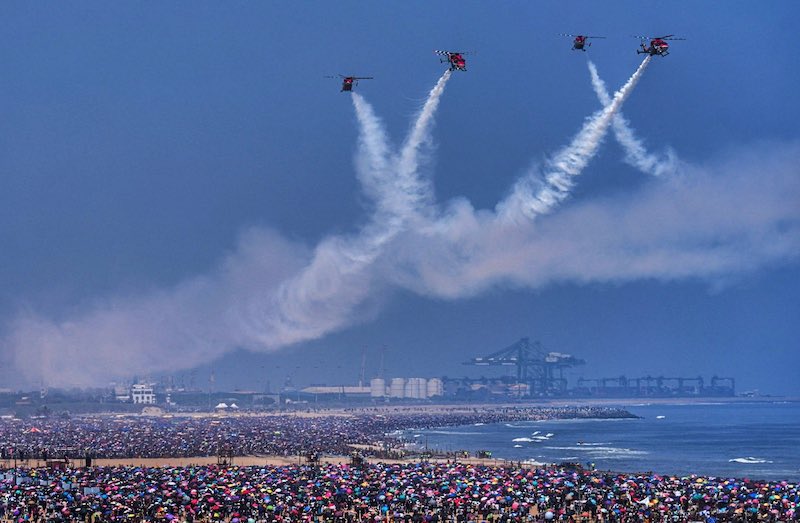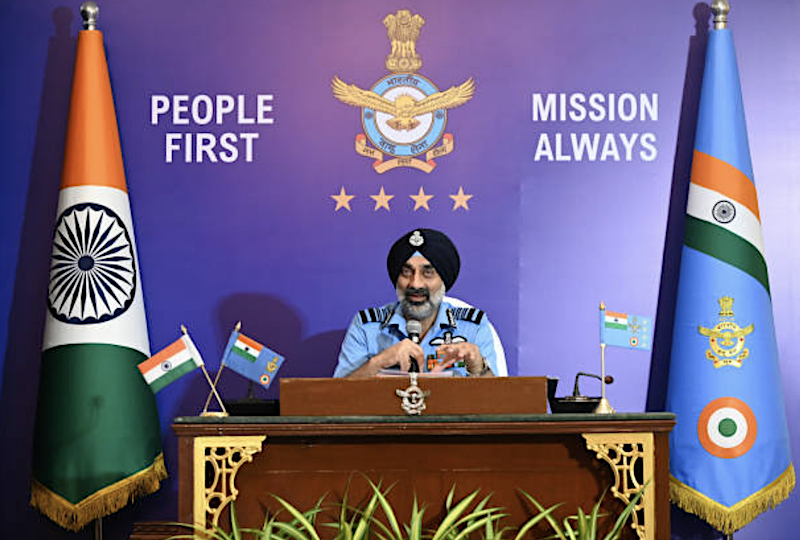 Thanjavur: Strengthening India’s presence over the strategically important Indian Ocean Region (IOR), the Indian Air Force (IAF) on Monday formally inducted its frontline fighter squadron Sukohi-30 MKI (Su-30 MKI) at the Air Force Station (AFS) in Thanjavur of Tamil Nadu.
Thanjavur: Strengthening India’s presence over the strategically important Indian Ocean Region (IOR), the Indian Air Force (IAF) on Monday formally inducted its frontline fighter squadron Sukohi-30 MKI (Su-30 MKI) at the Air Force Station (AFS) in Thanjavur of Tamil Nadu.
Chief of Defence Staff General Bipin Rawat and Air Chief Marshal Rakesh Kumar Singh Bhadauria inaugurated the induction ceremony at a glittering function held at the AFS in the presence of DRDO Chairman G Satheesh Reddy.
A water salute was given to the fighter aircraft at the induction ceremony.
ACM Bhadauria said the decision to deploy the Su-30 MKI at Thanjavur was taken due to its “strategic location” and gives a major fillip to IAF missions in the IOR. The SU-30 MKI inducted here is equipped with “special weapon” (Brahmos supersonic cruise missile), he said.
Nicknamed the “Tigersharks,” it is the first SU-30 MKI fighter aircraft squadron in South India under the control of Southern Air Command (SAC) and will have the most potent platform capable of long reach and multi-role capabilities.
The AFS Sulur near Coimbatore is home to No 45 Squadron Flying Daggers, operating the Light Combat Aircraft “Tejas.”
Air Marshal Amit Tiwari, Air Officer Commanding-in-Chief, Southern Air Command said the new Sukhoi squadron, nicknamed “Tiger Sharks” was commissioned with four to six fighters and will induct its full complement of 18 fighters by the end of the year.
The Sukhoi fighter jets, modified to carry the air launched 290-km Brahmos supersonic missile have the capability to carry out long-range precision strikes against hostile aircraft carriers or large stand-off ranges on any target at sea or on land with pin-point accuracy by day and night in all-weather conditions in the region, especially the Bay of Bengal.
The Sukhois has a combat radius of almost 1,500 km without mid-air refuelling.
The capability of Brahmos missiles, coupled with superlative performance of the SU-30 MKI fighter jets is set to change the paradigm of maritime surveillance, security and strike in the IOR region.
In the last six years, the Sukohis operated on and off from AFS Thanjavur to keep the base active and during operations in the IOR.
The base is said to have played a key role when the IAF test-fired the Brahmos Air-Launched Cruise Missile (ALCM) from an SU-30 MKI on May 22, 2019. It was the successful second test-firing of the Brahmos ALCM from a Sukhoi.
During the trial, the missile achieved a direct hit on the target, thus proving its high accuracy hit rate.
Tiger Sharks is the 12th squadron of the fourth-generation air dominance Sukhois, while the first 11 squadrons were deployed on the Western and Eastern fronts from Halwara, Pune, Jodhpur and Sirsa to Bareilly, Tezpur and Chabua, to cater for Pakistan and China.
Defence sources said the deployment of SU-30 MKI fighters at AFS Thanjavur is clearly in response to China’s fast expanding strategic footprint in the IOR, with Beijing now also looking to establish additional logistics facilities in the IOR.
The AFS Thanjavur was dedicated to the Nation on May 27, 2013 with the primary aim of strengthening the air defence capabilities under the SAC, headquartered in Thiruvananthapuram.
The station was mandated to protect various strategic and economic assets in the Southern peninsula and sea lines of communications in the IOR.
The airfield was originally built by the Royal Air Force in 1940 and it boasts of a history operating the Lockheed Hudson, Vickers Wellington, Hawker Hurricane and P-47 Thunderbolt aircrafts during the World War II.
These erstwhile platforms were active in fighter operations, anti-shipping, anti-submarine patrol and transport operations.
After the war, the air field was handed over to the Indian government for civilian use and eventually came under the jurisdiction of the Airports Authority of India (AAI). In the early 90’s Thanjavur was connected with Chennai via the Vayudoot Flight Service that was later stopped due to poor patronage.
The IAF took over the airfield in March 1990. During the heavy floods in the State in November 2008, the IAF helicopters operating from Thanjavur AFS dropped 15,000 kg of relief materials to the affected areas.
Post-dedication of AFS Thanjavur by then Defence Minister A.K.Antony in 2013, the IAF planned to position a full-fledged Sukhoi squadron.
The IAF gradually upgraded the air base to house as fighter squadron and the SAC monitored the progress on regular basis. The base was often activated during major air force exercises.

